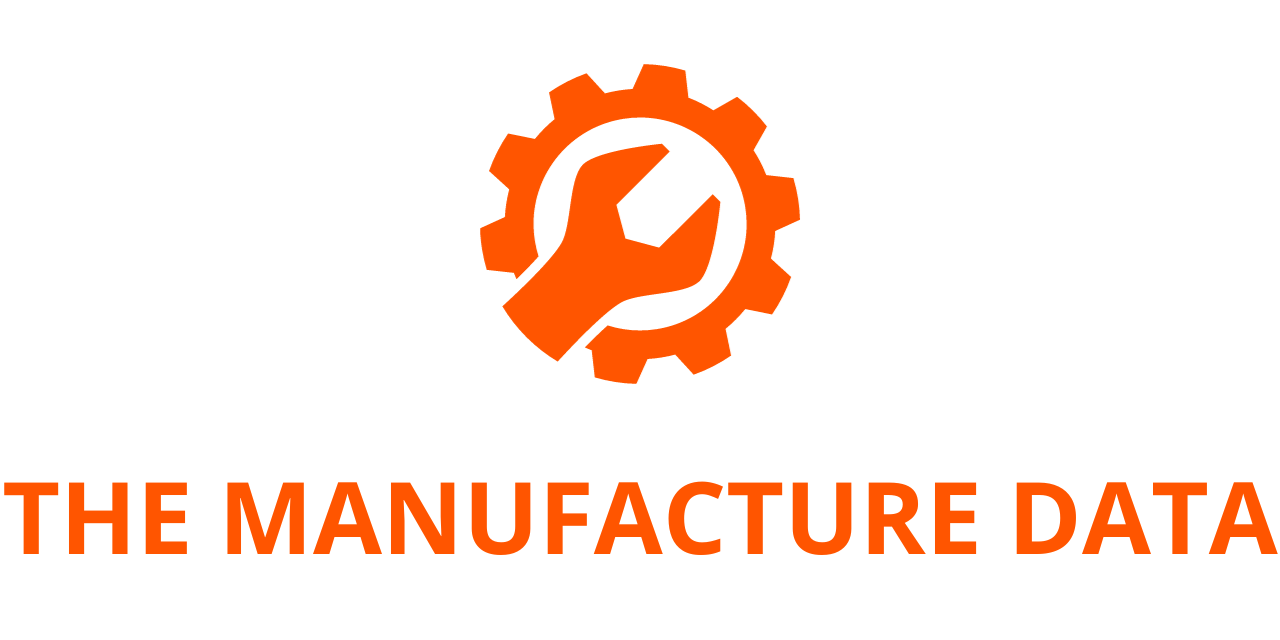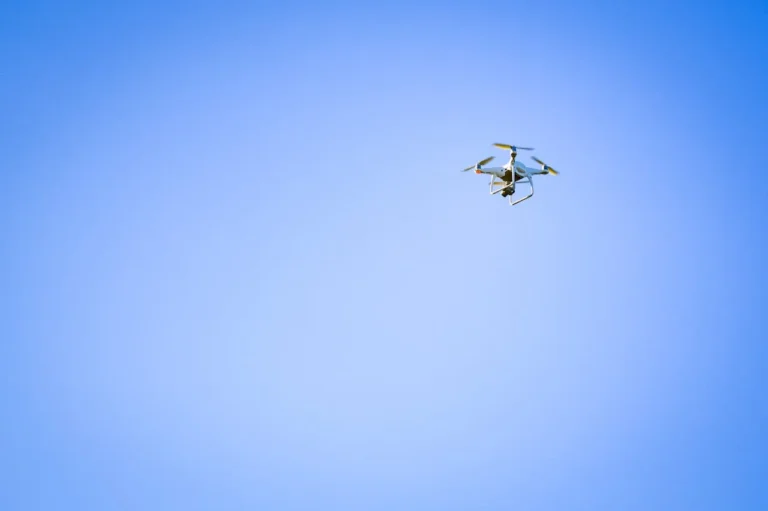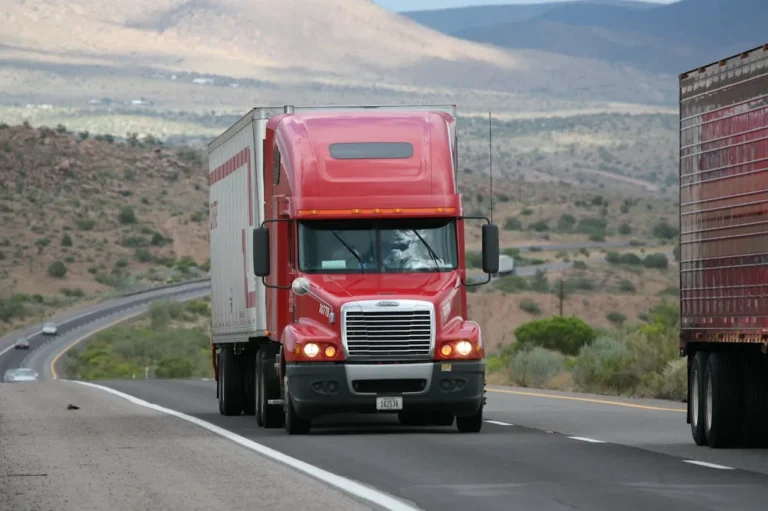
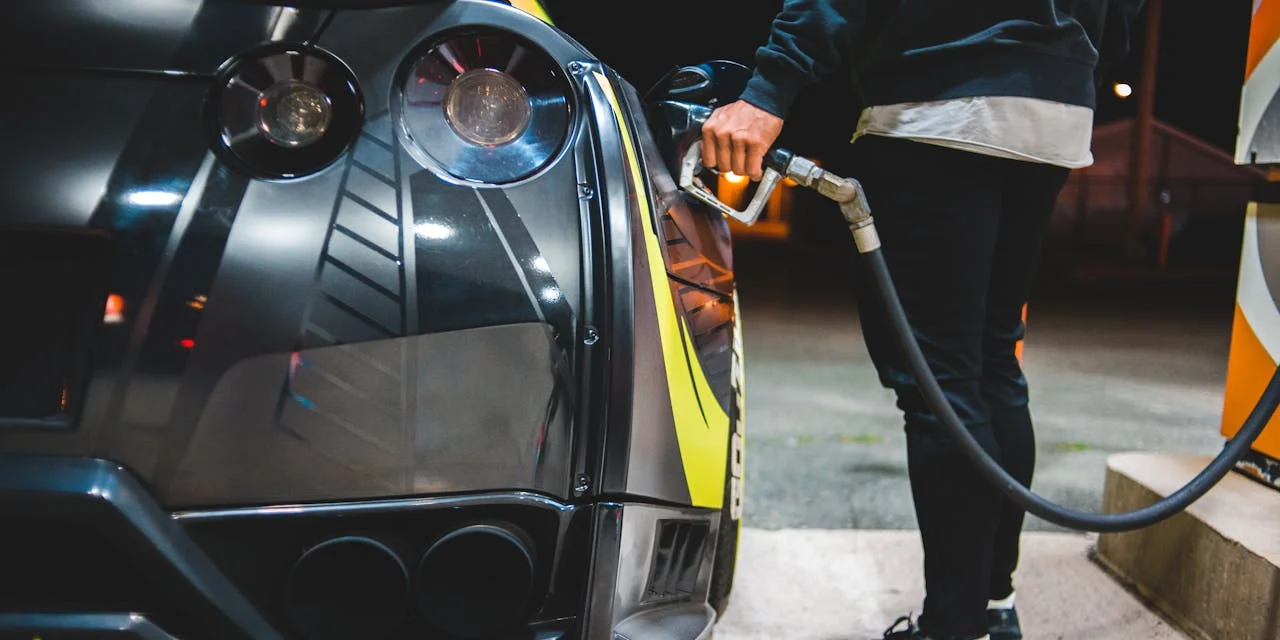
Boeing, listed as NYSE: BA, has made strides in advancing its manned-unmanned teaming (MUM-T) technology by utilizing a digital F/A-18 Super Hornet and MQ-25 Stingray. Through rigorous testing, the software demonstrates readiness for future utilization by the U.S. Navy, with potential deployment of the teaming capability on both F/A-18 Block II and III Super Hornets.
Within a simulator lab, a team led by Boeing virtually showcased an F/A-18 pilot guiding an unmanned MQ-25 to release a refueling drogue and refuel the Super Hornet, utilizing existing communications links on both platforms. This newly developed software marks a significant advancement from previous testing conducted by Boeing. Furthermore, in conjunction with the upgraded software, test teams integrated hardware and datalinks already present on both platforms, further validating Boeing’s preparedness to deliver this capability to the Navy.
Alex Ewing, the F/A-18 New Product Development lead, highlighted, “MQ-25 is designed to typically receive commands from air vehicle pilots on an aircraft carrier. This software will add a second option, enabling pilots to initiate commands right from their cockpit.” This Boeing-developed software promises to notably reduce the communication time between an F/A-18 and an MQ-25, granting pilots enhanced flexibility in refueling from extended distances.
Juan Cajigas, director of the Advanced MQ-25 program, emphasized, The goal of the demonstrations was to make MUM-T refueling as real as possible. Aerial refueling is like a ballet as two airplanes come together. To be able to direct the activities via a single pilot, safely and efficiently, is a major step forward in aerial refueling technology.
